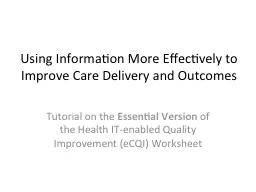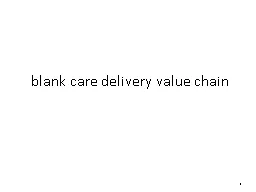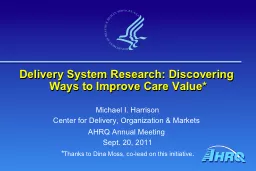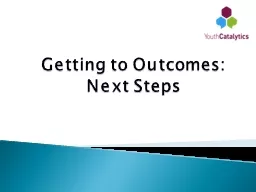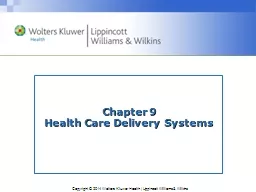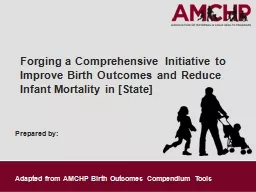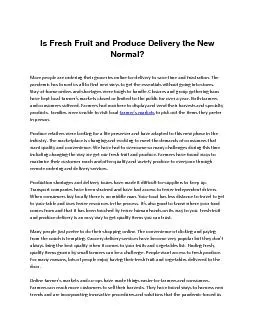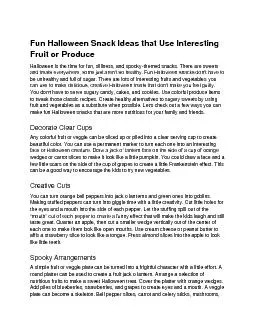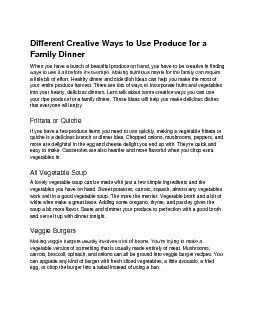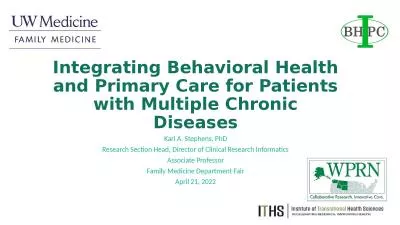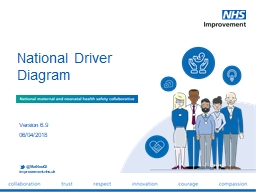PPT-Using Information More Effectively to Improve Care Delivery and Outcomes
Author : conchita-marotz | Published Date : 2018-02-28
Tutorial on the Essential Version of the Health ITenabled Quality Improvement eCQI Worksheet Welcome Hello my name is Ellen Im going to share a tool that
Presentation Embed Code
Download Presentation
Download Presentation The PPT/PDF document "Using Information More Effectively to Im..." is the property of its rightful owner. Permission is granted to download and print the materials on this website for personal, non-commercial use only, and to display it on your personal computer provided you do not modify the materials and that you retain all copyright notices contained in the materials. By downloading content from our website, you accept the terms of this agreement.
Using Information More Effectively to Improve Care Delivery and Outcomes: Transcript
Download Rules Of Document
"Using Information More Effectively to Improve Care Delivery and Outcomes"The content belongs to its owner. You may download and print it for personal use, without modification, and keep all copyright notices. By downloading, you agree to these terms.
Related Documents

